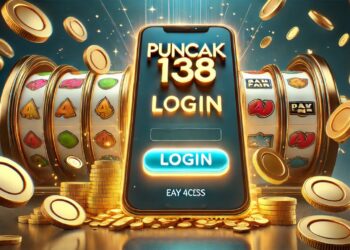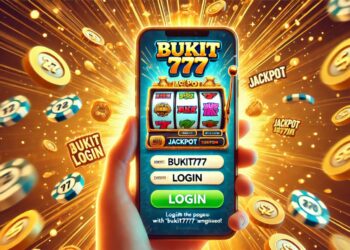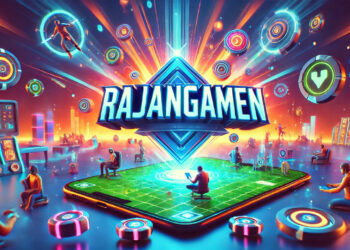Non-fungible tokens, or NFTs, have become a popular topic of discussion in the world of digital art and cryptocurrency. Recently, a new concept has emerged within this niche – fractional NFT art. This new development allows multiple individuals to own a single piece of art, which opens up a world of opportunities and challenges. In this blog post, we will explore three central aspects of fractional NFT art: what it is, its benefits, and potential drawbacks.
What is Fractional NFT Art?
Fractional NFT art is essentially a single piece of digital art that is tokenized and divided into several ‘fractions’ or ‘shares’. Just as a company can be divided into shares and sold to multiple shareholders, a single piece of NFT art can be divided into fractions and owned by multiple people. The ownership of each NFT is recorded on a blockchain, providing a transparent and tamper-proof record of ownership.
Benefits of Fractional NFT Art
The primary benefit of fractional NFT art is accessibility. High-profile NFTs often sell for astronomical prices, which puts them out of reach for most people. By fractionalizing the NFT, it becomes affordable to a wider audience. This can also increase the liquidity of NFTs, as fractions can be bought and sold more easily than whole NFTs. Another advantage is that it allows for collective ownership, which can potentially democratize the world of digital art.
Potential Drawbacks of Fractional NFT Art
While fractional NFT art opens up new opportunities, it also comes with its own set of challenges. One of the main concerns is around copyright and intellectual property rights. It also raises questions about the valuation of art. If a single piece of art is owned by hundreds or even thousands of people, how do you determine its value? Additionally, there are concerns about the environmental impact of NFTs, as the blockchain technology they rely on can be energy-intensive.
Conclusion
Fractional NFT art is a fascinating development in the world of digital art and cryptocurrency. It democratizes access to art, increases liquidity, yet raises complex questions about valuation and copyright. As with any new technology, it will be interesting to see how these issues are addressed as fractional NFT art continues to evolve. Regardless, it is clear that this innovative approach is adding a new layer of complexity and opportunity to the digital art world.




